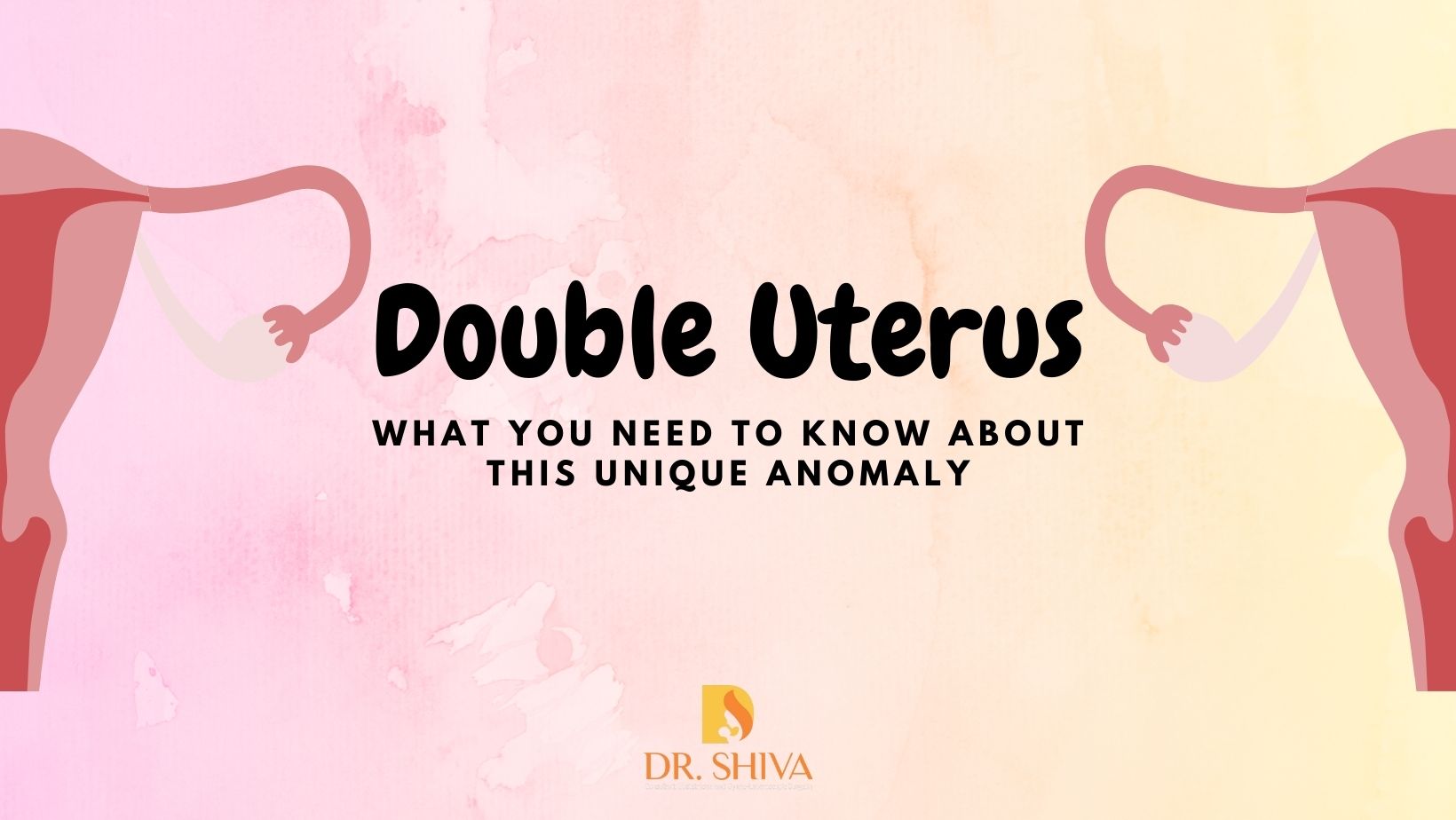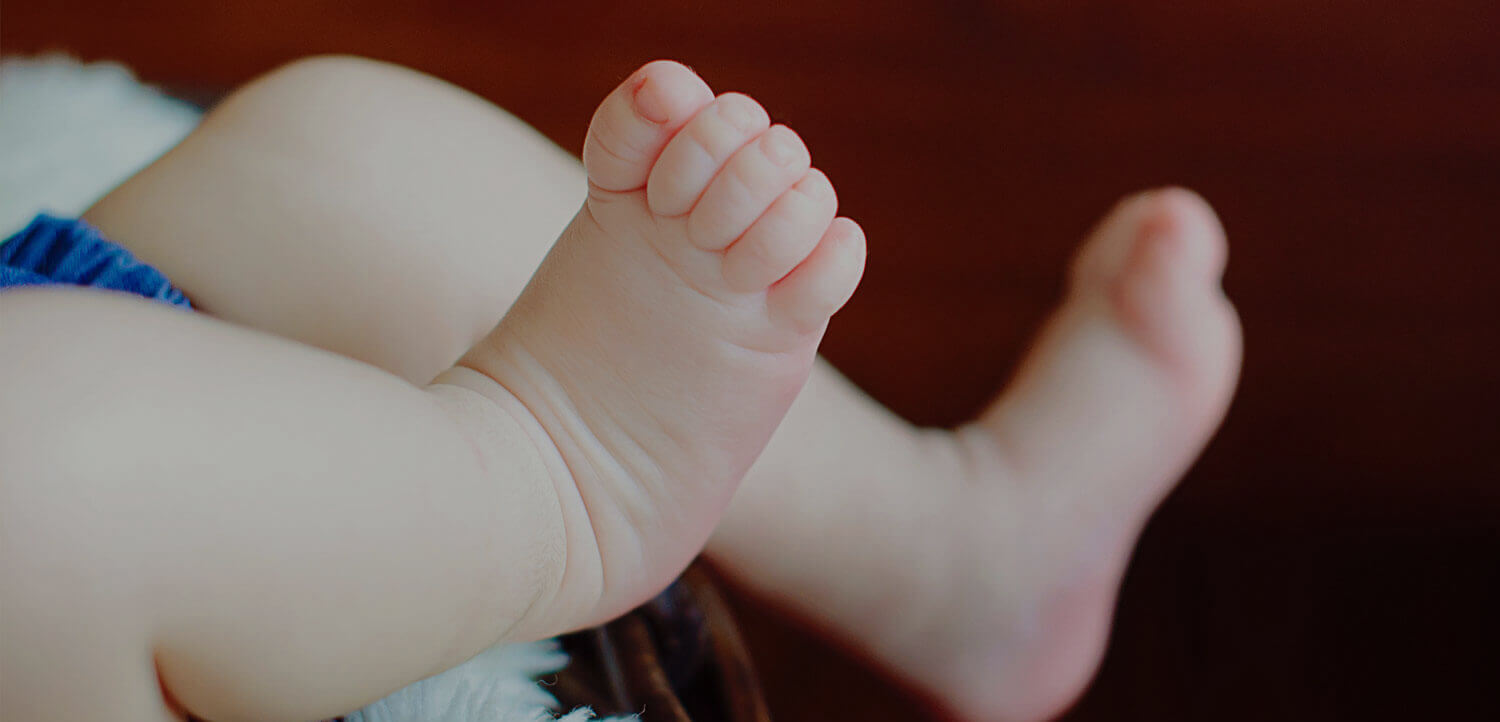
Double uterus, also called uterus didelphys or double womb, is a condition in which a woman is born with two separate uteruses. It is a rare congenital uterine abnormality that affects approximately 1 in every 3,000 women. The female reproductive system starts from a pair of ducts that fuse to form the uterus. But in this case, they do not fully fuse and result in two separate uteri, each with its own cervix and sometimes its own vagina.
When having a double uterus, the shape of it will be similar to two bananas instead of a pear-shaped uterus.
Complications of having a double uterus
While having a double uterus doesn’t usually affect a woman’s ability to conceive or carry a pregnancy to term, it can sometimes cause complications, such as
- Infertility
- Loss of baby or Miscarriage
- Early labor or Premature birth
- Growth restriction in babies
In some cases, it may make conception and pregnancy more difficult. Women with a double uterus may need extra monitoring throughout pregnancy and may require a Caesarean delivery.
Causes for having a double uterus
The exact cause for developing a double womb has not been fully understood, but it’s believed to be a genetic anomaly. In some cases, a double uterus may be inherited from one or both parents, while in others, it may be caused by a developmental abnormality during fetal development. It occurs when the two Müllerian ducts that are meant to fuse to form a single uterus fail to do so resulting in the formation of two separate uteruses. The two uteri are usually separate, but in some cases, one may be connected to the other.
Symptoms of a double uterus
In many cases, women with a double uterus may not experience any symptoms at all. However, some may experience heavy menstrual bleeding, menstrual cramps, and abnormal menstrual cycles. Other symptoms include-
- lower abdominal pain,
- difficulty with sexual intercourse
- frequent bladder infections
- difficulty conceiving
- frequent miscarriages.
Diagnosis
It is usually diagnosed during a pelvic exam, ultrasound, or MRI. Hysterosalpingography is another method used for diagnosis., where a dye is injected into the uterus and X-rays are taken. During the exam, the healthcare provider will look for two distinct uterine cavities and two cervixes.
Treatment
In most cases, treatment is not necessary if you do not have any signs or symptoms. The treatment also depends on the individual and may include medications, surgery, or lifestyle changes. If you are having a double vagina along with a double uterus, surgery may be conducted to remove the tissue separating the two vaginas to make child birth easier. Overall, a double uterus is a rare condition that can cause various complications during pregnancy. However, with proper monitoring and treatment, women with double uterus can still have successful pregnancies and healthy babies.

